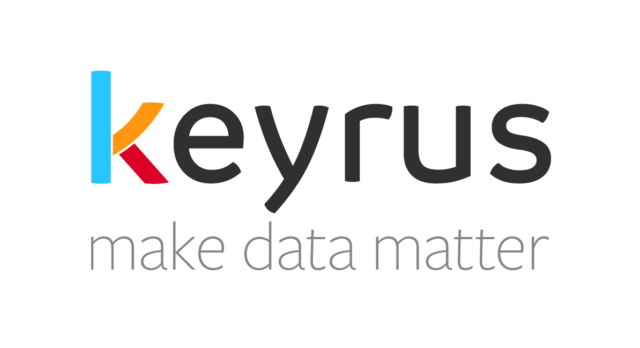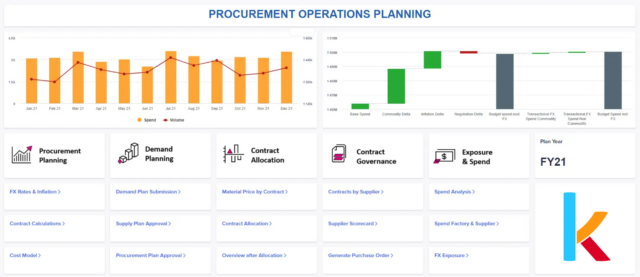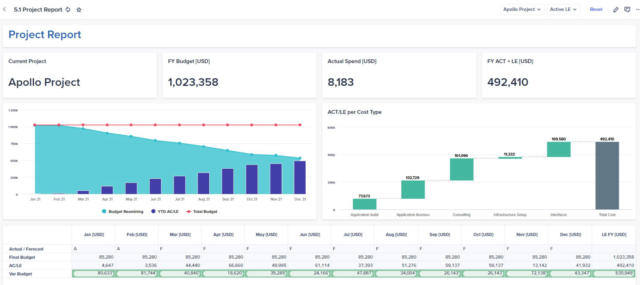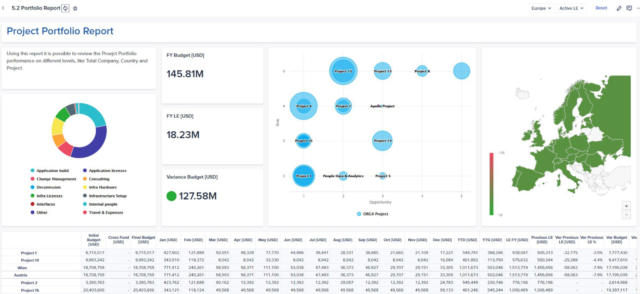
Partner badge
Solution Advisory & Delivery
Function
Finance, Sales, Supply chain, Workforce
Industry
Banking & Capital Markets, Business Services, Consumer Products, Energy & Resources, Government & Education, Hospitality, Insurance, Manufacturing, Media & Communications, Retail, Technology & Software, Travel & Entertainment
Region
America, Asia Pacific, Europe, Global, Middle East

CAPEX planning has diverse aspects and, to create well-established plans, it is necessary to combine data from many different sources and provide access to lot of concurrent users. This can be a resource-intensive task, which cannot be fulfilled by spreadsheets anymore.
This model provides a better way to manage your CAPEX portfolio in an automated, integrated, and structured manner, with one source of truth and location in terms of data and reporting while enabling strategic decision-making.
Use the CAPEX Planning capability to make your planning process more accurate, lower the workload, and increase time for high-level decision-making.
Request a demoIntegrated planning for procurement CAPEX planning
Leverage the combined power of technology and people to manage your CAPEX portfolio by providing a centralized view of project spending in one connected, cloud-based platform. Use the CAPEX planning application in Anaplan to increase the forecast accuracy, lower the workload for planners, and increase time for high-level decision-making processes.
The Commodity Procurement Operations Planning allows you to:
- Import data from multiple sources (Actuals and Commitment on the lowest level, Vendor information, etc.) to create a unified CAPEX plan across the company.
- Create a detailed budget with the participation of multiple concurrent users. After input is ready, the results can be analyzed. Leaders can get an immediate picture about the feasibility and utility of the planned projects.
- Compare budget vs. actuals vs. forecasts, estimate calendarized spend, and provide new projections on detailed level.
Solution features
Key features for cloud-based CAPEX planning include:
- Creation of new projects.
- Bottom-up budget planning.
- Budget approval flow.
- Business case.
- Procurement process.
- Load actuals and commitments.
- Tracking planned and realized purchases/Invoices.
- Forecast planning and track changes to plans.
- Track actual savings.
- Risk and issue log.


